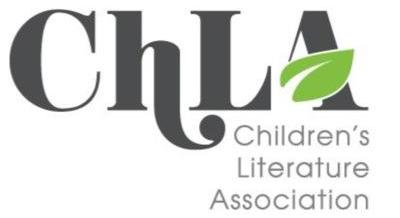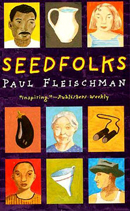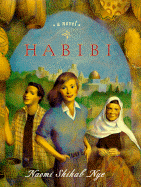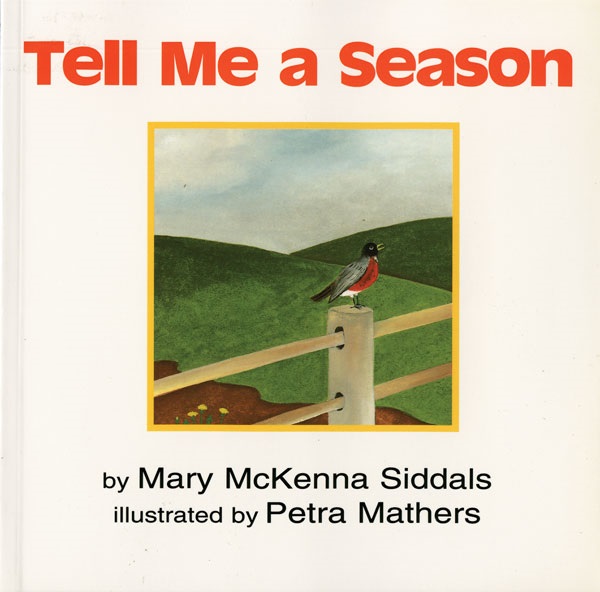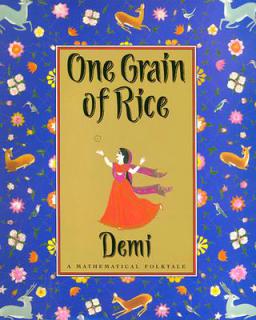- About ChLA
- Committees
- Accessibility Committee
- Anne Devereaux Jordan Committee
- Article Award Committee
- Astrid Lindgren Award Committee
- Book Award Committee
- Communications Committee
- Conference Advisory Committee
- Diversity Committee
- Edited Book Award Committee
- Ethics Committee
- Grants Committee
- International Committee
- Judith Plotz Emerging Scholar Award Committee
- Membership Committee
- Ombuds Committee
- Phoenix Award Committee
- Phoenix Picture Book Award Committee
- Members
- Events
- Awards & Grants
- Publications
- Opportunities & Resources
The Children's Literature Association Proudly Announces the 2017 Phoenix Award Recipient:Wish Me Luck by James Heneghan
James Heneghan's Wish Me Luck tells the compelling story of a tragic historical event too often ignored: the sinking by the Germans of a ship carrying children whose families had chosen to send them away from the horrors and dangers of war at home in England to the safety of Canada. Told through the eyes of Jamie Monaghan, a sympathetic character who leaves his family and the excitement of war only reluctantly, the novel also introduces Tom Bleeker and his little sister Elsie, neighbors of the Monaghans. Bleeker, as Jamie calls him, is a new arrival from Northern Ireland; his fight with “Stinky" Corcoran, the biggest, toughest kid at St. Oswald's School in Liverpool, provides a fittingly violent opening to the book. Humor, raw language, and authentic dialect balance the horrors of living close to danger in the daily lives of children, their families, and friends. Heneghan provides a unique perspective on WWII, as he chronicles the children's lives before, during, and after their experiences aboard the SS City of Benares. 2017 Phoenix Honor BooksSeedfolks by Paul Fleischman Seedfolks, the spare, multi-layered story of a community garden in Cleveland, shows that one positive act by a child can make a difference to the lives of many. The novel’s appeal to readers of all ages illustrates just how artificial the boundaries of "children's literature" can be. Nine-year-old Kim's simple memorial to her dead father grows into a garden not just of vegetables, but of diverse people growing vegetables together, a vivid expression of the "salad " metaphor that better represents American culture than the melting pot. Fleischman explores multiple voices and perspectives in this virtuoso performance of his craft. A large cast of characters, young, old, and ethnically diverse, each beautifully rendered, come together as neighbors with new connections and angles of vision. And a child plants the first seed that makes this village whole. Habibi by Naomi Shihab Nye Nye’s semi-autobiographical account of an Arab American family’s move from St. Louis to Jerusalem gives Palestinian perspectives a sympathetic depth rarely presented. A bomb killing Jewish civilians sets off retaliation, dramatizing how difficult it is to break the cycle of revenge and constant turmoil. Habibi elegantly translates myriad cultural details through delectable flavors, pungent smells, varied textures, and minute observations of locale. Sensory impressions are matched by Nye’s directness about Palestinians’ treatment as second-class citizens. In contrast to the brutal insensitivity of Israeli soldiers and police, 14-year-old Liyana’s friendship with a Jewish youth named Omer offers hope. Nye never whitewashes the harshness experienced by an old style West Bank extended family that honors traditions of place. Yet the affection of Liyana and Omer creates a thin melody heard above the din of violence that threatens the young people’s possibility for a shared home. The Children's Literature Association Proudly Announces the 2017 Phoenix Picture Book Award Recipient:Tell Me a Season by Mary McKenna Siddals & Petra Mathers A lyric picture book for the very young,Tell Me a Season presents three linked concepts—colors, time of day, and seasons—that move its readers through its graceful design and pacing to an affecting conclusion. The book exemplifies the merits of simplicity and judicious combination of word and image, detail and panorama in four symmetrical, temporal, and poetic visualverbal vignettes anchored in a single setting over the course of a year. Each of the four come together as an aesthetically pleasing and satisfying book that relates the representative activities of two country children, their cat and dog, and one other creature per season. The few declarative or descriptive words direct attention to specific conceptual details while the pictures convey the greater particulars of human and animal inhabitants’ activities. The bareness in image and text, which is more akin to stark vulnerability, combined with the use of colour, is rich and reflective. 2017 Phoenix Picture Book Honor Book One Grain of Rice: A Mathematical Tale by Demi Inspired by Indian miniature paintings, Demi’s modern visual verbal retelling of this Indian folktale is enriched by reds, purples and golds. These colors denote both royalty and the cleverness and wisdom of Rani, the village girl who restores justice. The dominance of gold leaf is tastefully balanced by the use of white space, which serves to pace the unfolding story and its pages, comprised of well-placed text blocks and framed pictures, and to highlight the elements that dynamically exceed their frames. Rani is the queen of mathematics and its irrefutable logic, made manifest on the fold out pages.
|
